Are you ready to make 2025 the year you become a homeowner? As a seasoned Mortgage Broker and Credit Specialist with Dominion Lending Centres, I’ve guided countless first-time buyers across British Columbia through this exhilarating journey. Buying your first home is as much an emotional decision as it is a financial one, and being prepared is key. From understanding your budget and getting pre-approved to improving your credit score and working with a dedicated mortgage broker, these five smart steps will set you up for success. Let’s make your dream of homeownership a reality, with confidence and clarity every step of the way.


Blog by
Cody Rowe - Mortgage Broker
-
Buying Your First Home in 2025: 5 Smart Steps to Get Mortgage-Ready
CLICK HERE TO READ THE FULL ARTICLE »
-
Exploring the Role of a Mortgage Broker: How They Can Simplify Your Home Buying Experience

Embarking on the journey to homeownership can be both exciting and daunting. A mortgage broker plays a pivotal role in simplifying this process, offering you access to a vast array of lenders and personalized mortgage solutions tailored to your unique financial needs. By leveraging their expertise, you can navigate the complexities of home buying with confidence and ease. Discover how working with a mortgage broker not only provides expert advice but also ensures a streamlined and stress-free experience.
CLICK HERE TO READ THE FULL ARTICLE »
-
How to Navigate the Real Estate Market as a Self-Employed Buyer

Venturing into the real estate market as a self-employed homebuyer comes with its own set of challenges and opportunities. This blog post delves into tailored strategies and expert tips designed to help self-employed individuals successfully navigate the home buying process. Discover how a mortgage broker can be your ally in securing favorable terms, ensuring that your unique financial situation is well-represented. Whether you're seeking to understand the market dynamics or need guidance on obtaining the best mortgage products, this article provides valuable insights to empower your home buying journey.
CLICK HERE TO READ THE FULL ARTICLE »
-
Mortgage Renewal Changes Coming November 21st

Is your mortgage coming up for renewal soon? If so, this is blog for you. Earlier in the year, Canada's banking regulator, OSFI, made an announcement that they were going to remove the stress test qualifications for all insured mortgages coming up for renewal. The purpose behind this was to help increase competition for homeowners so that they are not locked into their existing lender and can shop around with their mortgage broker to find a better interest rate. This is great news for anybody who is looking to shop around and get a better interest rate, but only for those…
CLICK HERE TO READ THE FULL ARTICLE »
-
Cash-Back Vs Cash Bonus…What’s the Difference?

To compete for business, banks will often incentivize homeowners by offering either cash-back or cash bonuses to earn their mortgage business.
This isn’t just a way of earning business, but by dangling a carrot and getting you focused on the cash it steers the conversation away from the fine print and important features of the mortgage that could easily cost you more money in the long run.
CLICK HERE TO READ THE FULL ARTICLE »
-
Can Assumable Mortgages Get You a Better Interest Rate?

With today’s interest rate market being less than friendly, current and future homeowners are wondering if there is a way to find a lower interest rate like what we saw between 2020-2021.
For future home buyers, one option is they can consider finding a seller who has an ‘assumable’ mortgage that they can take-over.
CLICK HERE TO READ THE FULL ARTICLE »
-
How Alternative Financing Can Help When Rates are High
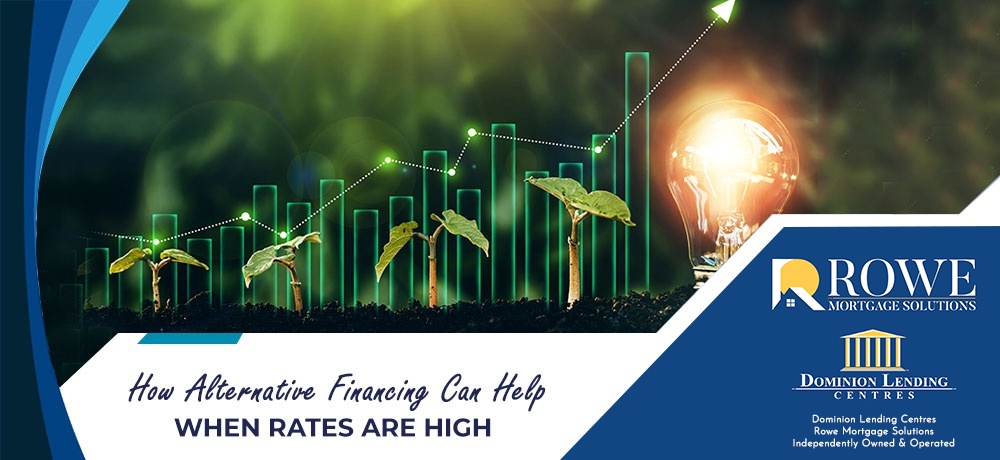
With interest rates being the highest they’ve been in over 10 years, along with the stress test reducing what buyers qualify for this has created a number of issues for buyers attempting to find an approval for their home purchase or homeowners to complete their refinancing.
For this reason, among many others alternative financing is becoming increasingly popular as people try to find creative ways to get the job done.
Alternative financing allows current and future homeowners access to bank programs otherwise unavailable through traditional forms of financing.
Simply put, these programs are very versatile and open the door of possibilities when you keep running into rejections from your traditional lender.
CLICK HERE TO READ THE FULL ARTICLE »
-
Common Mistakes When Purchasing an Investment Property (Part 3)
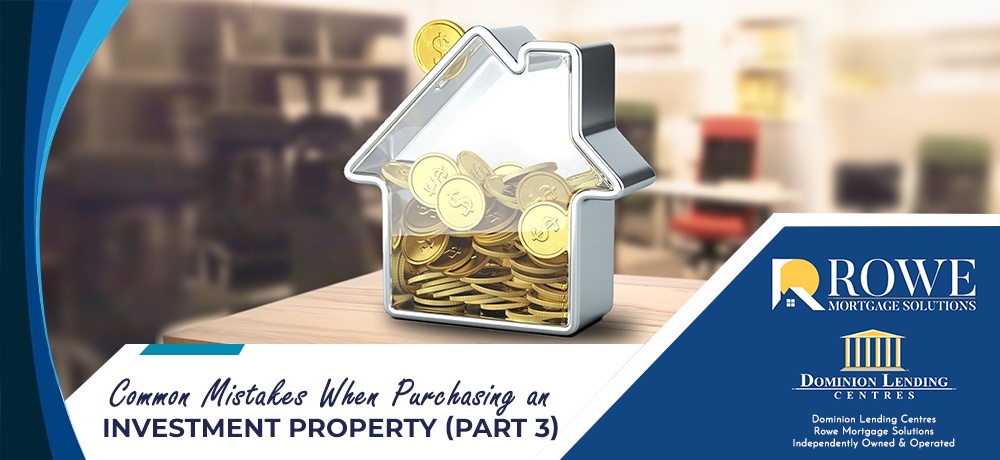
Assuming a Special Assessment is a Bad Thing
A special assessment also known as a special levy, is when the members of a strata vote to make major repairs or upgrades on the building. This leads to the strata imposing a levy on the unit owners for part of the costs of the repairs.
CLICK HERE TO READ THE FULL ARTICLE »
-
Common Mistakes People Make When Refinancing Their Mortgage
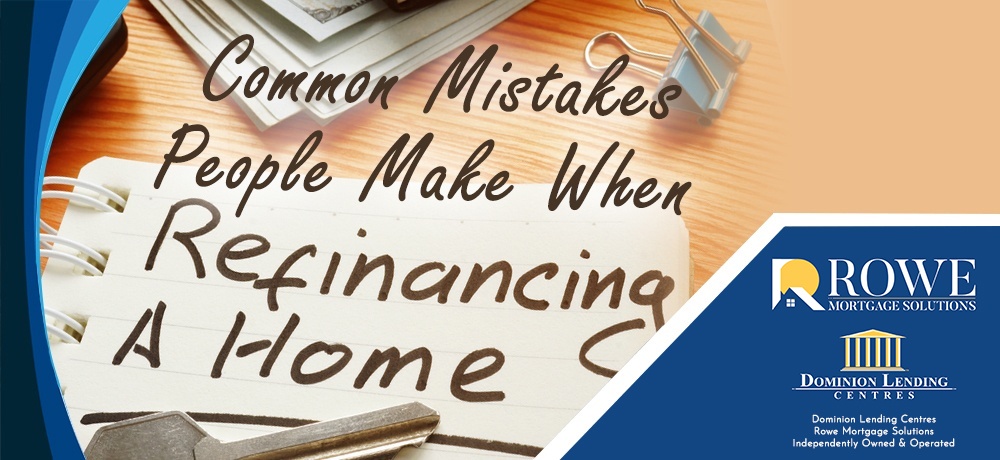
If you’re planning to purchase a vacation property, pay for children’s education, or require cash to cover a sudden expense, then pulling equity from your home through refinancing can be a good option.
CLICK HERE TO READ THE FULL ARTICLE »
-
Your Options if You Have a Variable Interest Rate
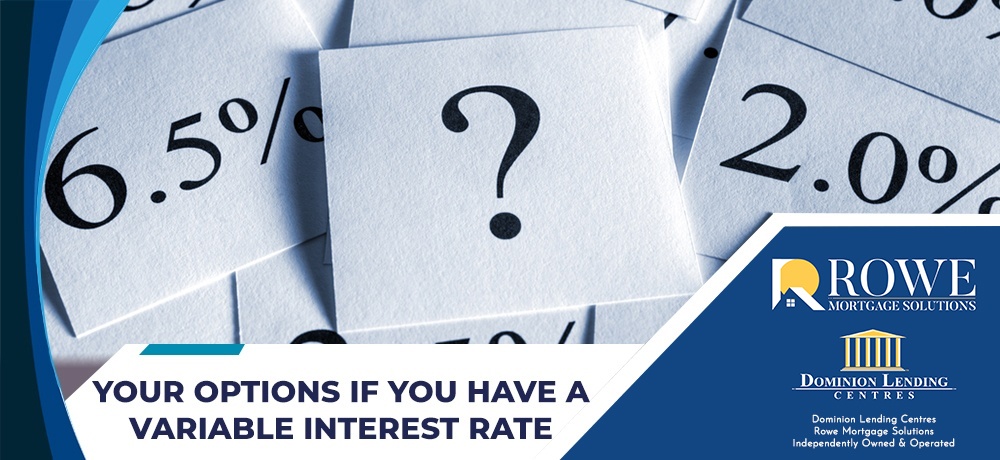
There is no disguising that after 2 years of historically low interest rates due to the pandemic, rates are now on the rise in an attempt to reduce inflationary pressure.
CLICK HERE TO READ THE FULL ARTICLE »
-
Watch Out for These Mortgage Myths!

Taking your first steps towards a mortgage and getting a foot on the property ladder can be a really exciting time. But it’s also important you’re armed with the right information before you start your journey to homeownership. However, splitting the fact from fiction isn’t all that easy, particularly when some of the mortgage myths out there have been doing the rounds for many years. To make sure you know fact from fiction, we have written down a few myths commonly heard amongst friends, family and co-workers.
CLICK HERE TO READ THE FULL ARTICLE »
-
Three Ways To Protect Yourself Against Interest Rate Increases

‘How low can you go?’ has been the mantra for interest rates for years since the start of the pandemic. However, when there is a chance of a possible interest rate increase to the prime lending rate, it is common to wonder whether now is the time to convert your variable interest rate and lock into a fixed rate. However, before deciding to lock in, there are three options you should consider that may better address your concerns and allow you to keep the savings you’re receiving from the variable. As an expert in the field, I, Cody Rowe, want you to be able to make a sound decision by equipping yourself with expert information and knowledge. Read on to find out your options.
CLICK HERE TO READ THE FULL ARTICLE »
-
Is A Five-Year Fixed Mortgage Right For Me?

When someone chooses a five year fixed mortgage term for their home financing, more often than not it is for one simple reason – security. A fixed interest rate provides the comfortability of knowing that your interest rate, and therefore your regular payment, will not change for the life of the mortgage term typically 5 years. For this simple reason, this is the default choice for many homeowners when shopping for a mortgage rate. But what if I told you that if you broke that fixed rate early you would be looking at a drastic penalty that will equate to around 4.5% of your mortgage balance? This would maybe make you wonder if there was another option that provided a stronger protection against the changes of life.
CLICK HERE TO READ THE FULL ARTICLE »
-
A Beginner’s Guide To Buying A Home

Unless you have a couple hundred thousand dollars or more to spend, you can’t just plunk down cash and buy a home. Instead, you need to go through a process that takes you from getting loan approval to sitting down at the closing table. This can be overwhelming, but if you break the procedure down into steps and take your time, you can be a homeowner one day, living in your dream home! To help first-time buyers like you understand the many steps involved in purchasing your first home, Cody Rowe - Mortgage Broker has written down a Beginner’s Guide to buying a home.
CLICK HERE TO READ THE FULL ARTICLE »
-
A Beginner’s Guide To Applying For A Mortgage

Once you’ve decided to buy your first home, there’s a good chance that you’re planning to obtain a mortgage to finance the purchase. Acquiring a mortgage can seem intimidating and complicated to most first-time homebuyers, but it doesn’t have to be. When you prepare appropriately and have the right professionals to assist you, applying for a mortgage is pretty easy.
CLICK HERE TO READ THE FULL ARTICLE »
-
Should I Choose A Fixed Interest Rate Or A Variable Interest Rate?
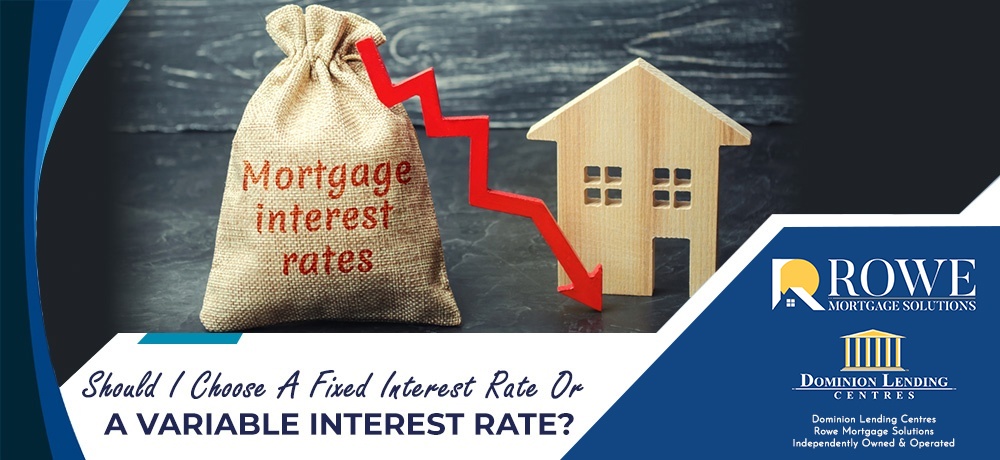
Applying for a mortgage is never simple, but it’s even trickier when you don’t know what to expect. There are different aspects that you need to consider before settling on a mortgage product. You need to consider the mortgage term, conditions, down payment, etc. But most importantly, you need to consider what kind of interest rate to choose for the term of your mortgage.
CLICK HERE TO READ THE FULL ARTICLE »
-
Canadian Real Estate Brokers See A Big Cut In Revenue, Pushing The GDP Sector Lower
Original Article Source Credits: Better Dwelling , https://betterdwelling.com/
Article Written By: Daniel Wong
Original Article Posted on:
Link to Original Article: https://betterdwelling.com/canadian-real-estate-brokers-see-a-big-cut-in-revenue-pushing-the-gdp-sector-lower/
CLICK HERE TO READ THE FULL ARTICLE »
-
Mortgage debt in Canada is soaring. That's no reason to panic
Original Article Source Credits: Financial Post , https://financialpost.com/
Article Written By: Clayton Jarvis
Original Article Posted on: Jul 02, 2021
Link to Original Article: https://financialpost.com/moneywise/mortgage-debt-in-canada-is-soaring-thats-no-reason-to-panic
CLICK HERE TO READ THE FULL ARTICLE »
-
Bank Of Canada Is Quietly Updating Forecast Models To Include Debt And Real Estate
Original Article Source Credits: Better Dwelling , https://betterdwelling.com/
Article Written By: Stephen Punwasi
Original Article Posted on:
Link to Original Article: https://betterdwelling.com/bank-of-canada-is-quietly-updating-forecast-models-to-include-debt-and-real-estate
CLICK HERE TO READ THE FULL ARTICLE »
-
Canada's high unemployment may help low mortgage rates stick around
Original Article Source Credits: Financial Post , https://financialpost.com/
Article Written By: Clayton Jarvis
Original Article Posted on: May 25, 2021
Link to Original Article: https://financialpost.com/moneywise/canadas-high-unemployment-may-help-low-mortgage-rates-stick-around
CLICK HERE TO READ THE FULL ARTICLE »















